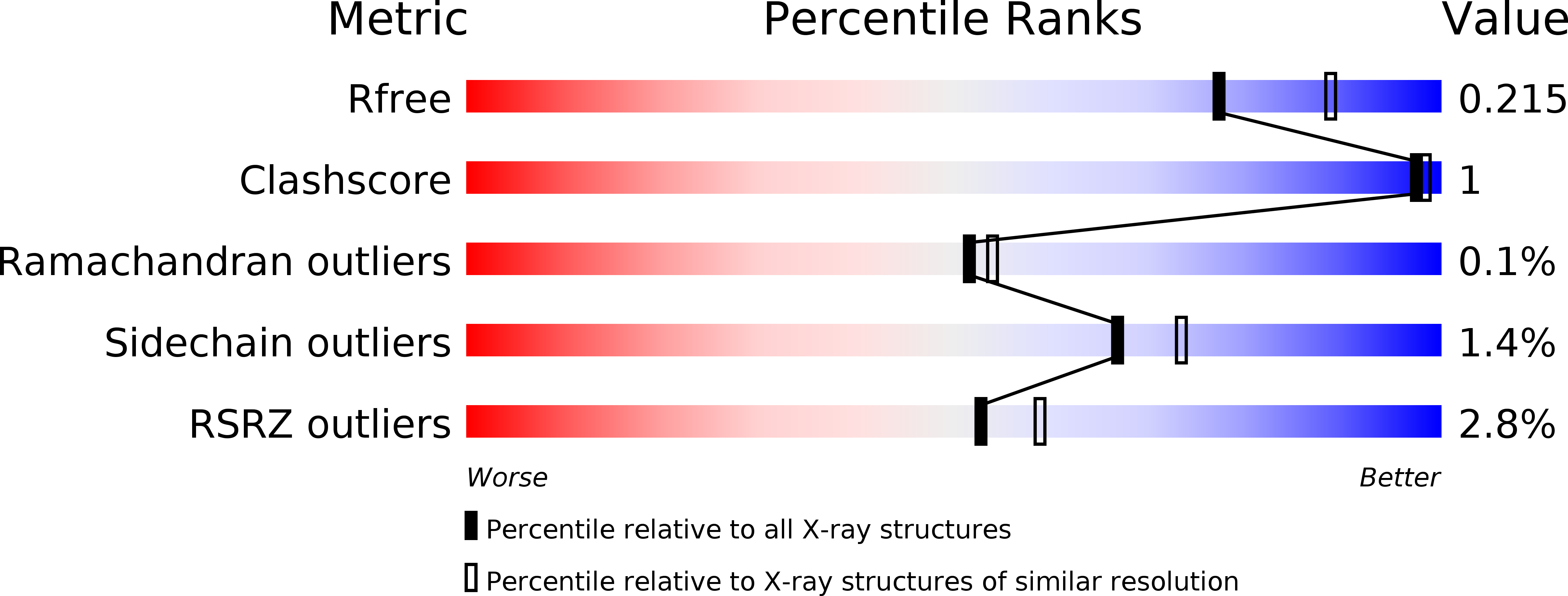
Deposition Date
2018-05-16
Release Date
2019-05-29
Last Version Date
2024-10-16
Entry Detail
PDB ID:
6GJH
Keywords:
Title:
Human Hsp27 (HspB1) alpha-crystallin domain in complex with a peptide mimic of its phosphorylatable N-terminal region
Biological Source:
Source Organism:
Homo sapiens (Taxon ID: 9606)
Host Organism:
Method Details:
Experimental Method:
Resolution:
2.10 Å
R-Value Free:
0.25
R-Value Work:
0.21
R-Value Observed:
0.21
Space Group:
P 1 21 1


